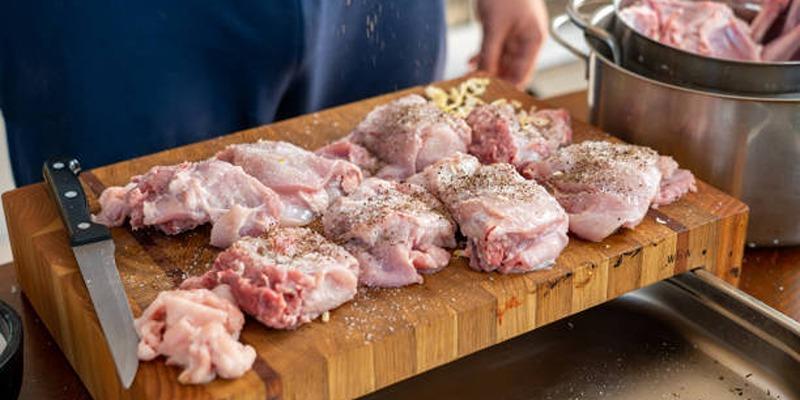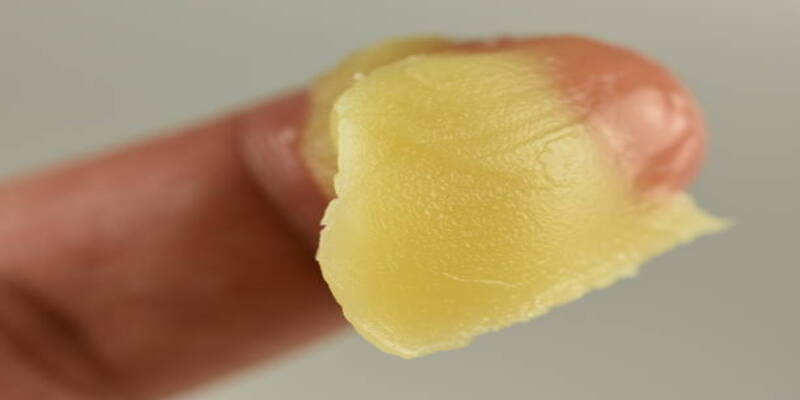Preparing the perfect beef cubed steak can be a surprisingly challenging task, but with the right techniques, you can transform this tough cut of meat into a tender, flavorful dish that melts in your mouth. Whether you're planning a hearty family dinner or a special meal for guests, mastering the art of tenderizing beef cubed steaks will elevate your culinary skills to new heights. From marinating and slow cooking to using the right tools and seasonings, there are numerous methods to enhance the texture and taste of your steak. In this guide, we will explore the top 10 techniques that will help you achieve the perfect tenderness and create a memorable dining experience for everyone at the table.
1. Choose the Right Cut:
Start with the proper cut of beef for optimal results. Look for cube steaks or tenderized cube steaks, which are typically derived from tougher cuts that have been mechanically tenderized to break down muscle fibers. Common choices include round steaks or sirloin steaks, as they significantly benefit from the tenderizing process. You can often find these cuts pre-packaged at your local grocery store, but if you're unsure, dont hesitate to ask your butcher for recommendations.
2. Tenderize Before Cooking:
Even if your steaks are labeled as pre-tenderized, its beneficial to further tenderize them at home to ensure the best texture and flavor. Use a meat mallet or tenderizing tool to gently pound both sides of the steaks with even pressure. This additional step helps break down muscle fibers, making the meat more tender and easier to chew. Furthermore, it enhances the steak's ability to absorb marinades or seasonings, resulting in a more flavorful dish. Tenderize the steaks before marinating or cooking for optimal results.
3. Marinate for Flavor and Tenderness:
Marinating adds both flavor and tenderness to your cube steaks, elevating the dish to a new level of deliciousness. Select a marinade with an acidic component such as vinegar, citrus juice, or yogurt, which helps tenderize the meat by breaking down its fibers. Enhance the marinade with herbs, spices, and other seasonings for extra depth of flavor. Place the steaks in a resealable plastic bag or shallow dish, ensuring they are fully coated. Let the steaks marinate in the refrigerator for at least 30 minutes, but for best results, allow them to soak for a few hours to overnight. This ensures that the flavors fully penetrate the meat, making it both juicy and flavorful when cooked.
4. Use a Meat Tenderizer:

Consider using a commercial meat tenderizer powder or paste. These products contain enzymes like papain or bromelain, derived from natural sources such as papaya or pineapple, which effectively break down tough muscle fibers. Follow the product instructions carefully, as overuse can result in an overly mushy texture. Allowing the meat to rest after applying the tenderizer can further enhance its tenderness and overall flavor.
5. Cook with Moist Heat:
For the best results, opt for cooking methods that use moist heat, such as braising or simmering. These techniques help break down the meat's connective tissue, resulting in a tender, melt-in-your-mouth texture. When braising or simmering, incorporate flavorful liquids like broth, wine, or tomatoes to infuse the meat and enhance its taste. Add aromatic herbs and spices such as rosemary, thyme, garlic, or bay leaves to elevate the dish's complexity and depth of flavor. By taking the time to employ these cooking methods, youll create a delicious, succulent meal that is sure to impress.
6. Slow Cook for Tender Perfection:
Slow cooking is perfect for tough cuts of meat, like beef cubed steaks. To achieve optimal results, use a slow cooker or Dutch oven and cook the steaks on low heat for several hours. This extended cooking time allows the collagen in the meat to break down gradually, resulting in melt-in-your-mouth tenderness. For added flavor, season the meat with your favorite spices or marinate it overnight before cooking. You can also throw in vegetables like carrots, onions, and potatoes to create a complete, hearty meal. Remember, patience is key in slow cooking, as the low and slow method brings out the best flavors and textures.
7. Slice Against the Grain:
When serving beef cubed steaks, always slice against the grain. This technique shortens the muscle fibers, making the meat more tender and easier to chew. To identify the grain, look for lines running through the meat and slice perpendicularly to them. This ensures each bite is flavorful and has the perfect texture. Additionally, allow the meat to rest for a few minutes before slicing to redistribute the juices, enhancing both taste and juiciness.
8. Rest Before Slicing:
After cooking, let the steaks rest for a few minutes before slicing. This resting period is crucial as it allows the juices to redistribute throughout the meat, ensuring each slice is tender and juicy. By letting the steaks rest, you prevent the flavorful juices from spilling out when you cut into the meat, resulting in a more enjoyable eating experience. Ideally, cover the steaks loosely with foil to keep them warm and let them rest for 5-10 minutes, depending on their thickness. This simple step can significantly enhance the flavor and texture of your steaks.
9. Use the Sous Vide Method:
For precise control over cooking temperature and maximum tenderness, consider using the sous vide method. This technique involves vacuum-sealing the beef cubed steaks in a plastic bag and cooking them in a water bath at a low, controlled temperature for several hours. The result is perfectly tender and evenly cooked meat. Once the sous vide process is complete, finish by searing the steaks briefly in a hot pan with a bit of oil or butter to achieve a delicious, caramelized crust. This final step adds texture and enhances the flavor, making for an exquisite dining experience.
10. Choose the Right Cooking Time and Temperature:

Pay close attention to cooking times and temperatures. Overcooking can make even the most tender cuts tough and chewy, ruining the texture and flavor of your dish. Use a meat thermometer to ensure your beef cubed steaks reach a safe internal temperature without overcooking. Aim for an internal temperature of around 145F for medium-rare or 160F for medium. Additionally, letting the meat rest for a few minutes after cooking helps retain its juices and enhances its flavor.
Conclusion:
Try these techniques to make your beef cubed steaks more tender and delicious. Start by marinating the meat in a mixture of your favorite herbs, spices, and a bit of acid, like vinegar or lemon juice, to break down the fibers. You can also use a meat mallet to physically tenderize the steaks before cooking. Experiment with different combinations and find the perfect method that suits your taste. Consider slow-cooking the steaks in a hearty sauce or broth, which allows the flavors to meld and the meat to soften over time. With a little practice, you'll be able to elevate any tough cut of meat into a succulent, melt-in-your-mouth dish that will impress everyone at the dinner table. Whether you're searing, grilling, or braising, these techniques will ensure your beef cubed steaks are always a hit.







